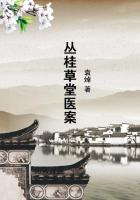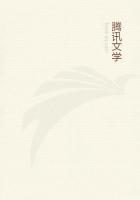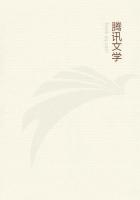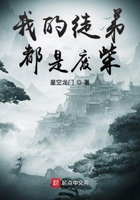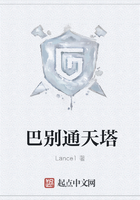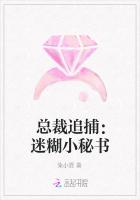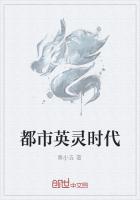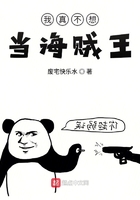We will now describe the manner in which a trooper destined to run the risks of battle upon horseback should be armed. In the first place, then, we would insist, the corselet must be made to fit the person; since, if it fits well, its weight will be distributed over the whole body; whereas, if too loose, the shoulders will have all the weight to bear, while, if too tight, the corselet is no longer a defensive arm, but a "strait jacket."[1] Again, the neck, as being a vital part,[2] ought to have, as we maintain, a covering, appended to the corselet and close-fitting. This will serve as an ornament, and if made as it ought to be, will conceal the rider's face--if so he chooses--up to the nose.
[1] Cf. "Mem." III. x.
[2] L. Dind. cf. Hom. "Il." viii. 326:
{. . . othi kleis apoergei aukhena te stethos te, malista de kairion estin.} "Where the collar-bone fenceth off neck and breast, and where is themost deadly spot" (W. Leaf).
As to the helmet, the best kind, in our opinion, is one of the Boeotian pattern,
[3] on the principle again, that it covers all the parts exposed above the breastplate without hindering vision. Another point: the corselet should be so constructed that it does not prevent its wearer sitting down or stooping. About the abdomen and the genitals and parts surrounding[4] flaps should be attached in texture and in thickness sufficient to protect[5] that region.
[3] Schneider cf. Aelian, "V. H." iii. 24; Pollux, i. 149.
[4] Schneider cf. "Anab." IV. vii. 15, and for {kai ta kuklo}, conj.
{kuklo}, "the abdomen and middle should be encircled by a skirt."[5] Lit. "let there be wings of such sort, size, and number as to protect the limbs."Again, as an injury to the left hand may disable the horseman, wewould recommend the newly-invented piece of armour called the gauntlet, which protects the shoulder, arm, and elbow, with the hand engaged in holding the reins, being so constructed as to extend and contract; in addition to which it covers the gap left by the corselet under the armpit. The case is different with the right hand, which the horseman must needs raise to discharge a javelin or strike a blow. Here, accordingly, any part of the corselet which would hinder action out to be removed; in place of which the corselet ought to have some extra flaps[6] at the joints, which as the outstretched arm is raised unfold, and as the arm descends close tight again. The arm itself,[7] it seems to us, will better be protected by a piece like a greave stretched over it than bound up with the corselet. Again, the part exposed when the right hand is raised should be covered close to the corselet either with calfskin or with metal; or else there will be a want of protection just at the most vital point.
[6] {prosthetai}, "moveable," "false." For {gigglumois} L. & S. cf. Hipp. 411. 12; Aristot. "de An." iii. 10. 9 = "ball-and-socket joints."
[7] i.e. "forearm."
Moreover, as any damage done to the horse will involve his rider in extreme peril, the horse also should be clad in armour--frontlet, breastplate, and thigh-pieces;[8] which latter may at the same time serve as cuisses for the mounted man. Beyond all else, the horse's belly, being the most vital and defenceless part, should be protected. It is possible to protect it with the saddle-cloth. The saddle itself should be of such sort and so stitched as to give the rider a firm seat, and yet not gall the horse's back.
[8] Cf. "Cyrop." VI. iv. 1; VII.i. 2.
As regards the limbs in general, both horse and rider may be looked upon as fully armed. The only parts remaining are the shins and feet, which of course protrude beyond the cuisses, but these also may be armed by the addition of gaiters made of leather like that used for ****** sandals. And thus you will have at once defensive armour for the shins and stockings for the feet.
The above, with the blessing of heaven, will serve for armour ofdefence. To come to weapons of offence, we recommend the sabre rather than the straight sword,[9] since from the vantage-ground of the horse's position the curved blade will descend with greater force than the ordinary weapon.
[9] The {makhaira} (or {kopis}), Persian fashion, rather than the{xephos}. "Cyrop." I. ii. 13.
Again, in place of the long reed spear, which is apt to be weak and awkward to carry, we would substitute two darts of cornel-wood;[10] the one of which the skilful horseman can let fly, and still ply the one reserved in all directions, forwards, backwards,[11] and obliquely; add to that, these smaller weapons are not only stronger than the spear but far more manageable.
[10] For these reforms, the result of the author's Asiatic experiences perhaps, cf. "Hell." III. iv. 14; "Anab." I. viii. 3; "Cyrop." I. ii. 9.
[11] Reading {eis toupisthen} after Leoncl.
As regards range of discharge in shooting we are in favour of the longest possible, as giving more time to rally[12] and transfer the second javelin to the right hand. And here we will state shortly the most effective method of hurling the javelin. The horseman should throw forward his left side, while drawing back his right; then rising bodily from the thighs, he should let fly the missile with the point slightly upwards. The dart so discharged will carry with the greatest force and to the farthest distance; we may add, too, with the truest aim, if at the moment of discharge the lance be directed steadily on the object aimed at.[13]
[12] Al. "to turn right-about."
[13] "If the lance is steadily eyeing the mark at the instant of discharge."This treatise, consisting of notes and suggestions, lessons and exercises suited to a private individual, must come to a conclusion; the theory and practice of the matter suited to a cavalry commander will be found developed in the companion treatise.[14]
[14] In reference to "The Cavalry General", or "Hipparch."

